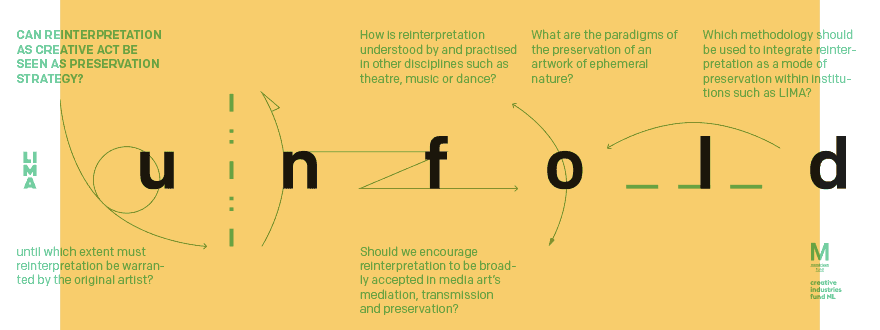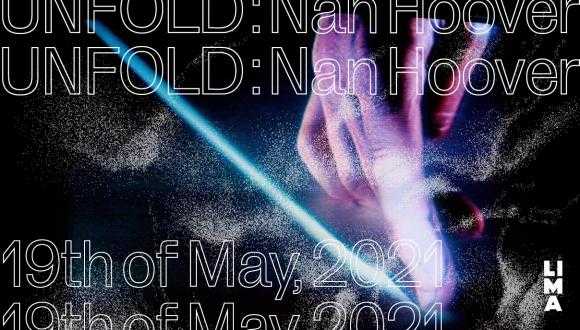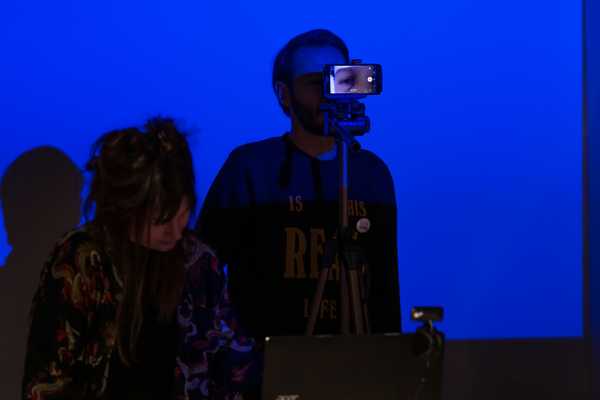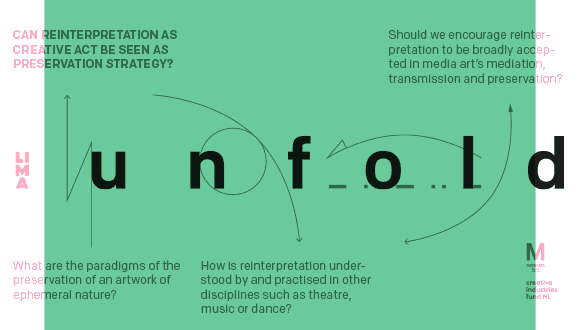
UNFOLD Manifesto
Written by Gaby Wijers & UNFOLD network.
In the 2016-17 interdisciplinary research project UNFOLD: Mediation by Reinterpretation, organised by LIMA, reinterpretation was examined as a strategy for the preservation and documentation of media art. The project has initiated a line of research in which the potential and consequences of reinterpretation have been examined when debating media art mediation, transmission and preservation. The main research question was: Can reinterpretation as a creative act be seen as preservation strategy for media artworks? For the media art conservation community it is key to ensure that we will be able to experience the artworks under our care in the future.
UNFOLD Manifesto
The strategic importance of re-interpretation for conservation
In the 2016-17 interdisciplinary research project UNFOLD: Mediation by Reinterpretation, organized by LIMA, reinterpretation was examined as a strategy for the preservation and documentation of media art. The project has initiated a line of research in which the potential and consequences of reinterpretation have been examined when debating media art mediation, transmission and preservation. The main research question was: Can reinterpretation as a creative act be seen as preservation strategy for media artworks?
For the media art conservation community it is key to ensure that we will be able to experience the artworks under our care in the future. Therefore, it is not enough to simply preserve media art’s physical availability—it is also necessary to ensure that media art remains understandable. But how to revisit media and digital artworks over time? Several attempts have aimed at ensuring that media and digital art, its ephemeral material and the audience’s experience, remains through its preservation. The preservation of media artworks is related to issues of technological obsolescence, networked connectivity and the interactive nature of digital art. A range of elements pushes the boundaries of traditional preservation methods stemming from an object based tradition in the visual arts. A new, more adequate approach requires insights from both the artist(s) and the curator(s) to determine the future viability of re-installing or restaging the work. How do we deal with digital or media artworks as they change over time and how can their performativity be preserved?
Hence, alongside the technical measures we take to physically protect the works against loss, and to organize their retrieval, we document and analyse the way works are produced, their socio-historical context , and their critical reception produced by these contexts. In doing so, we are aware that every new presentation of a work contains a certain element of reinterpretation. This element of reinterpretation is often seen as a disturbing noise, which has to be reduced as much as possible in order to minimize the risk of obscuring or even deviating from the artist's intentions. The resistance to this unsolicited need for reinterpretation is traditionally centered around notions of authenticity. Although the belief that staying faithful to an ‘original’ is very problematic in itself, it seems that for (institutional) practitioners of mediation, transmission and preservation this credo offers the best grounds to assess methods to contain distortion and generation loss.
In 1998 the groundbreaking project The Variable Media Initiative—a flexible approach to the preservation of a range of creative practices—was begun, and the notion of variable media started to be taken seriously. Within its framework, reinterpretation is the fourth preservation strategy, after storage, migration and emulation. It is defined as “the most radical preservation strategy” as it implies “reinterpret[ing] the work each time it is re-created.” Reinterpretation is at that time defined as “a dangerous technique when not warranted by the artist, although it may be the only way to recreate performed, installed, or networked art designed to vary with context.”
Now, as performance and media arts have been flourishing for some time, it has become increasingly clear that ‘faithful’ presentation over time of a media artwork by migration to or emulation by a new technology is not the approach best suited to works that are both variable by nature and produced with technical means that are rapidly becoming obsolete. So a new practice emerged, one in which a renewed accessibility of the meaning [potential] of a work is generated by producing a physical environment as close as possible to the ‘original’, to achieve a form of mediation that is faithful to the instability of the work. For the conservation community the most interesting developments now are the challenges being produced when the push towards reinterpretation is actively met, instead of implicitly/tacitly avoided. Embracing the fact interpretation can become a treasure trove of powerful skills, insights and creative abilities can be mobilised and, instead of loss, more valuable experiences, growing knowledge, and proficiency are gained.
At this stage, having developed the grounds for a conceptual framework in the project UNFOLD, reinterpretation needs now to be further tested in art institutions and museums. Reinterpretation has a great potential not only to activate collections and archives but also to unfold creative and curatorial processes. Moreover, through the act of reinterpreting, new audiences could use the art institutions and the museum as a platform of debate and discussion. Reinterpretation capacitates not only the community of media art mediators and preservation specialists but also wider audiences to rethink, rearticulate and recontextualize artistic work in terms of its doing and thinking, and thus allows for the exploration of the past from the present, questioning our contemporaneity and devising possible futures. So instead of treating the re-interpretative pressure, part of any conservation process, as a nuisance to be repressed, the currently emerging attitude is to embrace the re-interpretative pressure as a vital and dynamic element; that is, as an important force for further artistic development of the life-cycle of works. Reinterpretation, should now be actively pursued and embodied in new modes of generating availability and accessibility of media and net art work. Reinterpretation thereby is rediscovered, as a strategically vital activity for the dynamic preservation and reinvigoration of works of art.
It is in the vein of an overwhelmingly positive answer to the question ‘Can reinterpretation as a creative act be seen as preservation strategy for media artworks?’ that the multidisciplinary network of experts and institutions comprising UNFOLD now ventures to launch a number of experiments in reinterpretation. The intention is to further explore strategic dimensions of reinterpretations in terms of artistic yield, degrees of necessity in relation to certain types of works, the required new ways of documenting and redeploying various contexts—and as an important objective: further unfolding the relations between the conservation community, artists, and audiences.
April 2017
Gaby Wijers & UNFOLD network









